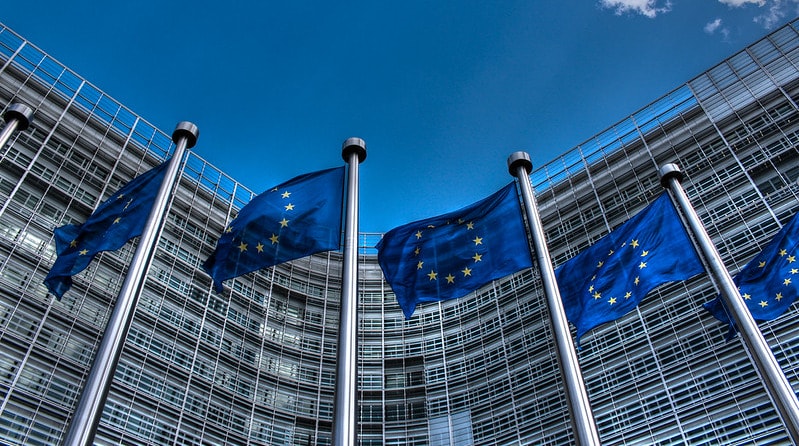There are various forms of sustainable hosting, each aimed at achieving different goals. Businesses are compelled to take measures to minimize their environmental impact today, and implementing sustainable hosting is one of them.
There are two types: renewable energy hosting and carbon-neutral hosting. The former relies entirely on green energy sources, while the latter involves reforestation or other initiatives to offset carbon emissions.
Some businesses choose hosting providers that power their data centers with renewable energy sources as a way to reduce their carbon footprint. While it’s a choice each company makes for itself, the hosting provider’s sustainability initiatives are always worth exploring. Some providers participate in carbon offset programs or invest in renewable energy to offset their carbon footprint.
How to improve a website’s energy efficiency
You could prioritize providers who have Power Purchase Agreements or Renewable Energy Certificates, which are globally recognized. These certificates prove that the sustainable web hosting company uses renewable sources for a large portion of its energy needs.
Evaluate the energy efficiency measures the host has implemented in data centers. Look for server optimizations, energy-efficient cooling systems, and tools to minimize energy waste.
Using or offering green hosting can attract clients with environmental concerns. Recent surveys show that more than 64% of consumers are increasingly worried about climate change.
Why adopt green digital strategies?
In 2024, digital technologies account for 2-4% of greenhouse gas emissions and 8-10% of energy consumption. Examples of green strategies include extending the lifetime of smartphones and the transition to 5G. If smartphones’ lifecycles were extended by a year, it would save 2.1 Mt CO2 annually until 2030. This would be the same as getting rid of a million actively driven cars. According to the European Commission, moving to 5G networks can reduce energy use by up to 90%.
On a smaller scale, you can minimize resource consumption by reducing the size of the images on your website and optimizing the code. Image compression will greatly reduce the energy needed to load your web pages.
Implement caching to conserve energy. It eliminates the need for frequent data retrieval.
Gauging a business’s environmental impact
The exact environmental impact of a business depends on its sector. More than 90% of the transport and electric power industries’ carbon footprints are owed to fossil fuel use. All other industries’ footprints result from their supply chains.
Industry accounts for 71% of carbon emissions. Residential natural gas and petroleum emissions, government functions, and light-duty vehicles generate the other 29%. Almost 50% of industry emissions are caused by electric power generation, equivalent to 1.78 of 3.76 trillion metric tons. Interestingly, 100 companies were responsible for around 71% of global CO2 emissions in 2017.
Sustainable hosting trends
Trends such as multi-cloud, hybrid, and serverless hosting have emerged in the dynamic realm of web hosting. Hybrid and multi-cloud hosting strategies enable more efficient resource utilization, leveraging the cloud’s flexibility and scalability to reduce unnecessary energy use.
Serverless and containerized hosting are becoming more popular due to their scalability and efficiency. These approaches allow for more precise allocation and use of resources, reducing energy consumption by minimizing idle computing resources.
Recap
- Renewable energy and carbon-neutral hosting are two sustainable practices
- Look for hosts with Power Purchase Agreements or Renewable Energy Certificates
- Digital technologies account for up to a tenth of all energy consumption
- Reduce the size of the images on your web pages and optimize code
- 100 companies accounted for 71% of global CO2 emissions
- Consider multi-cloud, hybrid, or serverless hosting
Editor’s Note: The opinions expressed here by the authors are their own, not those of Impakter.com — Cover Photo Credit: Marvin Meyer.














